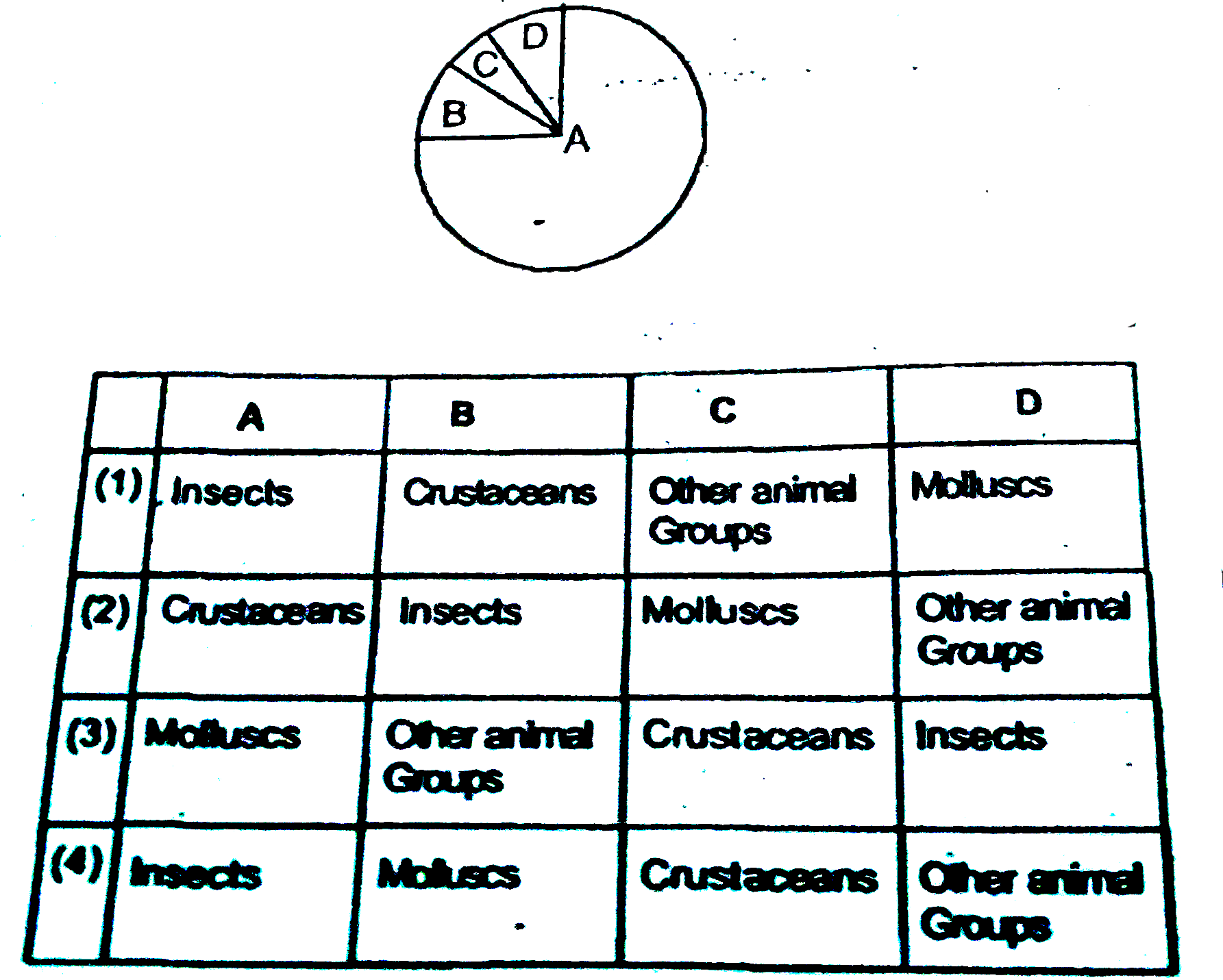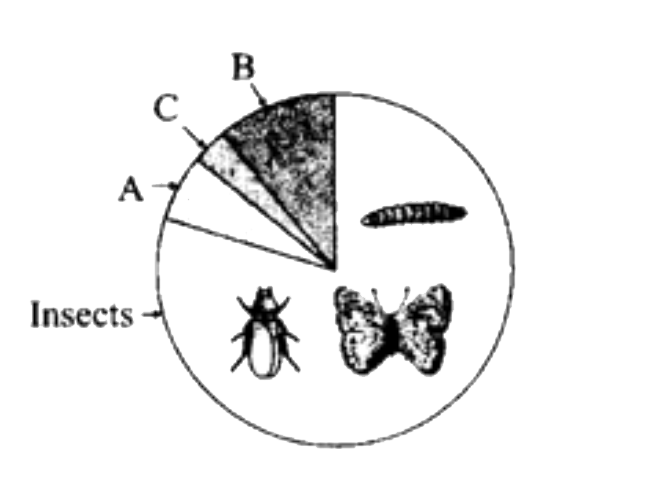Age of invertebrates was
Cambrian period
Ordovician period
Silurian period
Carboniferous period
The correct Answer is:B
Step-by-Step Solution:
1. Understanding the Question: The question asks about the "Age of invertebrates," which refers to the geological period when invertebrates were most abundant and diverse.
2. Identifying Geological Periods: The options provided are:
- Cambrian period
- Ordovician period
- Silurian period
- Carboniferous period
3. Analyzing Each Period:
- Cambrian Period: Known for the "Cambrian Explosion," where many life forms, including early invertebrates, appeared. However, it is not solely characterized by invertebrates.
- Ordovician Period: This period is marked by a significant increase in the diversity and abundance of invertebrates, particularly marine life. It is often referred to as the "Age of Invertebrates."
- Silurian Period: This period saw the rise of some vertebrates and land plants, but invertebrates were still present.
- Carboniferous Period: Known for the development of extensive forests and the emergence of amphibians, but invertebrates were not the dominant group.
4. Conclusion: Based on the analysis, the Ordovician period is recognized as the "Age of Invertebrates" due to the significant diversity and abundance of invertebrate species during this time.
5. Final Answer: The correct answer is Ordovician period (Option B).
- Cambrian period
- Ordovician period
- Silurian period
- Carboniferous period
- Cambrian Period: Known for the "Cambrian Explosion," where many life forms, including early invertebrates, appeared. However, it is not solely characterized by invertebrates.
- Ordovician Period: This period is marked by a significant increase in the diversity and abundance of invertebrates, particularly marine life. It is often referred to as the "Age of Invertebrates."
- Silurian Period: This period saw the rise of some vertebrates and land plants, but invertebrates were still present.
- Carboniferous Period: Known for the development of extensive forests and the emergence of amphibians, but invertebrates were not the dominant group.
Topper's Solved these Questions
- EVOLUTIONBOOK - AAKASH INSTITUTE ENGLISHCHAPTER - EVOLUTIONEXERCISE - ASSIGNMENT SECTION-A OBJECTIVE TYPE QUESTIONS
93 Videos
- EVOLUTIONBOOK - AAKASH INSTITUTE ENGLISHCHAPTER - EVOLUTIONEXERCISE - SECTION-B OBJECTIVE TYPE QUESTIONS
30 Videos
- EVOLUTIONBOOK - AAKASH INSTITUTE ENGLISHCHAPTER - EVOLUTIONEXERCISE - TRY YOURSELF
29 Videos
- ENVIRONMENTAL ISSUESBOOK - AAKASH INSTITUTE ENGLISHCHAPTER - ENVIRONMENTAL ISSUESEXERCISE - ASSIGNMENT SECTION D
15 Videos
- EXCRETORY PRODUCTS AND THEIR ELIMINATIONBOOK - AAKASH INSTITUTE ENGLISHCHAPTER - EXCRETORY PRODUCTS AND THEIR ELIMINATIONEXERCISE - SECTION D ( ASSERTIN-REASON TYPE QUASTION)
10 Videos
Similar Questions
Knowledge Check
The most intelligent of the invertebrates is considered to be the :
AearthwormBinsectCoctopusDspider
If a collection of invertebrates are presented to you what criteria would you use to classify them?
View SolutionGiven below is the representation of the extent of global diversity of invertebrates. What groups the four portions (A-D) represent respectively?

View SolutionMore than 10 species of invertebrates became extinct within a year from the American pacific coast when Pisaster starfish was removed. This extinction was due to -
View SolutionThe only invertebrates capable of flight belong to the class …………
View SolutionHydra, sponges, and worms are invertebrates as they do not have a ________ (backbone/chitin).
View SolutionIdentify A, B and C regarding the pattern of invertebrate global biodiversity in the figure given below.

View SolutionEarthworms belong to which phylum of invertebrates?
View Solution
